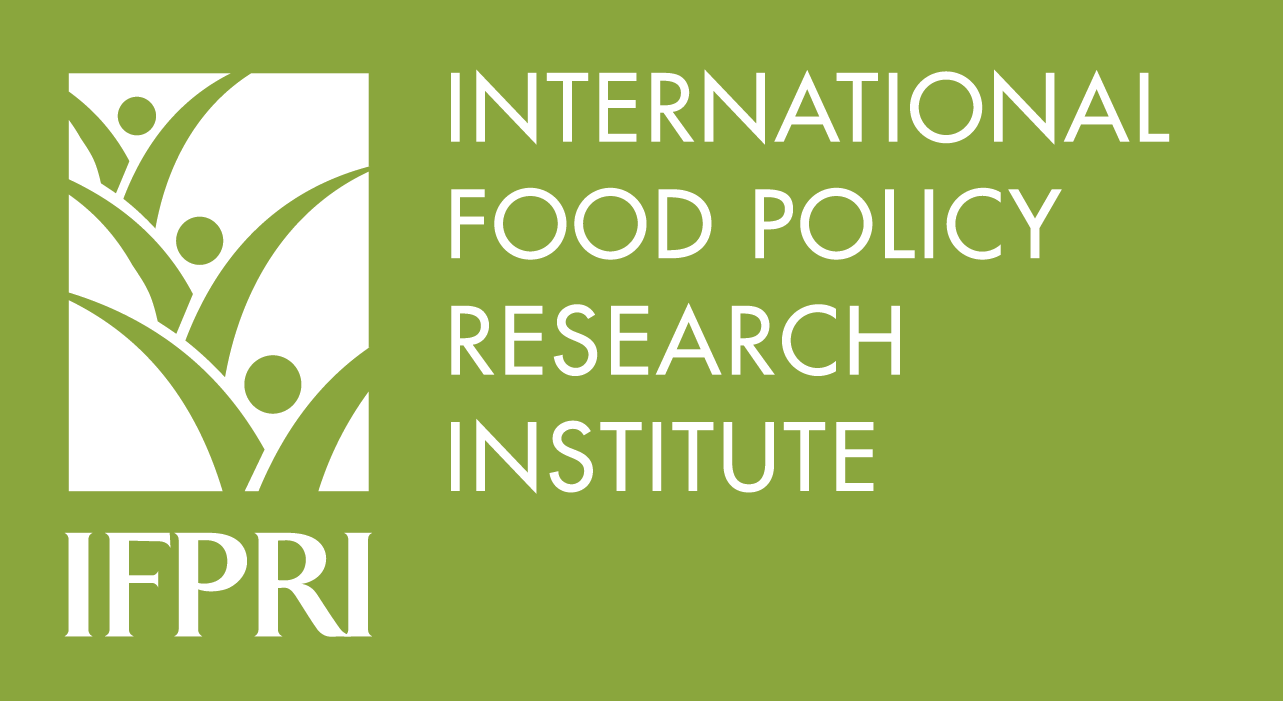Focal point
Location
About IFPRI
The International Food Policy Research Institute (IFPRI) provides research-based policy solutions to sustainably reduce poverty and end hunger and malnutrition in developing countries. Established in 1975, IFPRI currently has more than 500 employees working in over 50 countries. It is a research center of theCGIAR Consortium, a worldwide partnership engaged in agricultural research for development.
Vision and Mission
IFPRI’s vision is a world free of hunger and malnutrition. Its mission is to provide research-based policy solutions that sustainably reduce poverty and end hunger and malnutrition.
What We Do
Research at IFPRI focuses on six strategic areas:
- Ensuring Sustainable Food Production: IFPRI’s research analyzes options for policies, institutions, innovations, and technologies that can advance sustainable food production in a context of resource scarcity, threats to biodiversity, and climate change. READ MORE
- Promoting Healthy Food Systems: IFPRI examines how to improve diet quality and nutrition for the poor, focusing particularly on women and children, and works to create synergies among the three vital components of the food system: agriculture, health, and nutrition. READ MORE
- Improving Markets and Trade: IFPRI’s research focuses on strengthening markets and correcting market failures to enhance the benefits from market participation for small-scale farmers. READ MORE
- Transforming Agriculture: The aim of IFPRI’s research in this area is to improve development strategies to ensure broad-based rural growth and to accelerate the transformation from low-income, rural, agriculture-based economies to high-income, more urbanized, and industrial service-based ones. READ MORE
- Building Resilience: IFPRI’s research explores the causes and impacts of environmental, political, and economic shocks that can affect food security, nutrition, health, and well-being and evaluates interventions designed to enhance resilience at various levels. READ MORE
- Strengthening Institutions and Governance: IFPRI’s research on institutions centers on collective action in management of natural resources and farmer organizations. Its governance-focused research examines the political economy of agricultural policymaking, the degree of state capacity and political will required for achieving economic transformation, and the impacts of different governance arrangements.
Research on gender cuts across all six areas, because understanding the relationships between women and men can illuminate the pathway to sustainable and inclusive economic development.
IFPRI also leads two CGIAR Research Programs (CRPs): Policies, Institutions, and Markets (PIM) andAgriculture for Nutrition and Health (A4NH).
Beyond research, IFPRI’s work includes partnerships, communications, and capacity strengthening. The Institute collaborates with development implementers, public institutions, the private sector, farmers’ organizations, and other partners around the world.
Resources
Displaying 1511 - 1515 of 15211989 IFPRI Annual Report
CONTENTS: Introduction; Emphasizing agriculture in economic development -- is it a risky business? / John W.
Design, income distribution, and consumption effects of maize pricing policies in Zambia
The organization of maize marketing in Zambia reflects the main objective of the system—supplying urban areas with cheap food. Maize purchased from farmers is sold only to the major milling companies, all of which are located in urban centers. The marketing subsidy, reflected in the low sale price to these millers, is in effect a subsidy to mainly urban consumers. Rural retailers are allowed an explicit markup to cover transport costs back to rural areas.
Consequences of deforestation for women's time allocation, agricultural production, and nutrition in hill areas of Nepal
Research report
Government credit programs: Justification, benefits, and costs
Subsidized credit programs for agricultural producers have often been used to boost production in less developed countries.
The Humid and Subhumid Tropics
The humid and subhumid tropics in African regions where rainfall exceeds potential evapotranspiration for five months or more include most of the area from Guinea through central Africa plus the southern part of East Africa. They cover 12 million square kilometers, or 43 percent of the total land area, and include the humid forest zone of central Africa. Rainfall is over 1 thousand millimeters per annum.



